-
This Thanksgiving holiday, give thanks for all the blessings bestowed upon us one and all. And please also take time for a special remembrance of the true Americans. The Native Americans who were massacred in this very country, this sacred soil, that we call the home of the brave, and land of the free. Ironic, because there’s not a better description of these very people that we conquered, caged, and crippled. Labeled as Godless, savage, animals by a group that was oddly enough fleeing their own persecution, oppression, and judgement. These beautiful people, here before us, whose land was brutally stolen. Their beliefs, culture, and art were almost completely erased, not for a lack of trying, but by the grace of God. And in the name of, what? A shameful chapter in American history, any way you look at it. Judge Not, Lest Ye Be Judged. Now go and enjoy your turkey.
__________________________________________________________________
-
The Apache. Photograph by Edward S. Curtis, taken c. 1907-1930. Edward S. Curtis, a professional photographer in Seattle, devoted his life to documenting what was perceived to be a vanishing race. His monumental publication “The North American Indian” presented to the public an extensive ethnographical study of numerous tribes, and his photographs remain memorable icons of the American Indian. The Smithsonian Libraries holds a complete set of this work, which includes photogravures on tissue, donated by Mrs. Edward H. Harriman, whose husband had conducted an expedition to Alaska with Curtis in 1899. via
-
-
Kotsuis and Hohhuq – Nakoaktok. Photograph by Edward S. Curtis, taken c. 1907-1930.
-
-
Dancing to Restore an Eclipsed Moon – Qagychl. Photograph by Edward S. Curtis, taken c. 1907-1930.
-
-
Hastobíga, Navaho Medicine-man. Photograph by Edward S. Curtis, taken c. 1907-1930.
-
-
Kwakiutl House Frame. Photograph by Edward S. Curtis, taken c. 1907-1930.
-
-
Vash Gon – Jicarilla. Photograph by Edward S. Curtis, taken c. 1907-1930.
-
-
The Wedding party – Qagyuhl. Photograph by Edward S. Curtis, taken c. 1907-1930.
-
-
Jicarilla maiden. Photograph by Edward S. Curtis, taken c. 1907-1930.
-
-
A Nakoaktok Chief’s Daughter. Photograph by Edward S. Curtis, taken c. 1907-1930.
-
-
Masked dancers – Qagyuhl. Photograph by Edward S. Curtis, taken c. 1907-1930.
-
-
A Paguate Entrance. Photograph by Edward S. Curtis, taken c. 1907-1930.
-
-
circa 1900, Alert Bay, British Columbia, Canada– Curtis’ notes: These two heraldic columns at the Nimkish village Yilis, on Cormorant Island, represent the owner’s paternal crest, an eagle, and his maternal crest, a grizzly-bear crushing the head of a rival chief. Published by Edward S. Curtis. –Image by © Stapleton Collection/Corbis
-
-
Eskadi – Apache. Photograph by Edward S. Curtis, taken c. 1907-1930.
-
-
1914– A photograph of a Kwakwaka’wakw wedding party published by Edward S. Curtis. The staged wedding was a scene in a film made by Curtis. –Image by © Stapleton Collection/Corbis
-
-
11/4/1925, Vancouver, British Columbia– Probably the most distinctive Totem Pole ever photographed is this treasured idol which stands in Alert Bay, British Columbia. This pole is distinctive because of its bird like wings attached to its erect body, and the carvers there might have selected some Northern bird for worship, due perhaps to the fact that its capture may have brought good luck to the settlers. — Image by © Bettmann/Corbis
-
-
Alert Bay, North West Territory, Canada– General view along street at Indian Village, showing totem poles. –Image by © Bettmann/Corbis
-
-
1884, British Columbia, Canada– Totem Poles in the Haida Village of Masset, Queen Charlotte Islands –Image by © Canadian Museum of Civilization/Corbis
-
-
August 1941, Saxman, Tongass National Forest, Alaska– Civilian Conservation Corps enrollee, Henry Denny, Sr., and grandchildren, at the base of the Giant Oyster Totem Pole. –Image by © Corbis
-
-
September 1947, Tongass National Forest– Totem poles at Klawak, in the Tongass National Forest, Alaska. –Image by © Corbis
-
-
1941, Alaska– Alaska Natives Carving a Totem Pole –Image by © Corbis
-
-
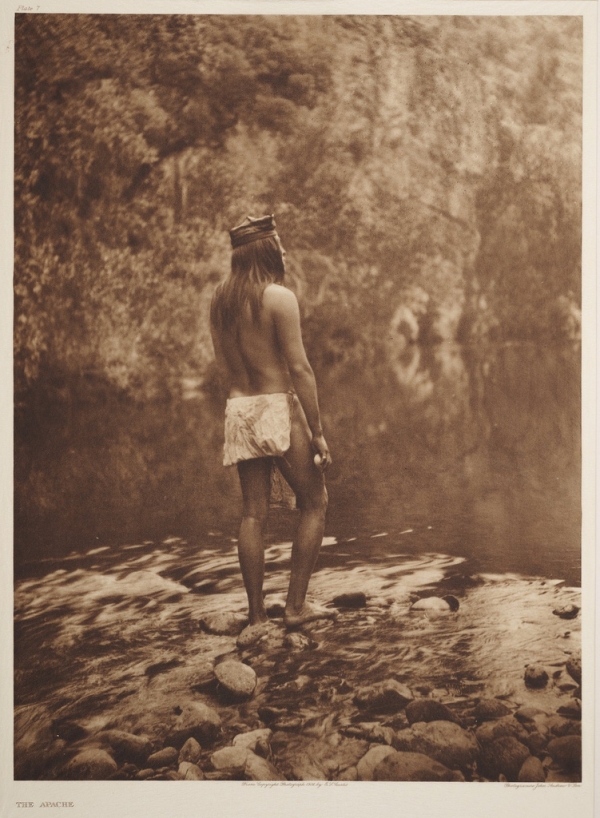
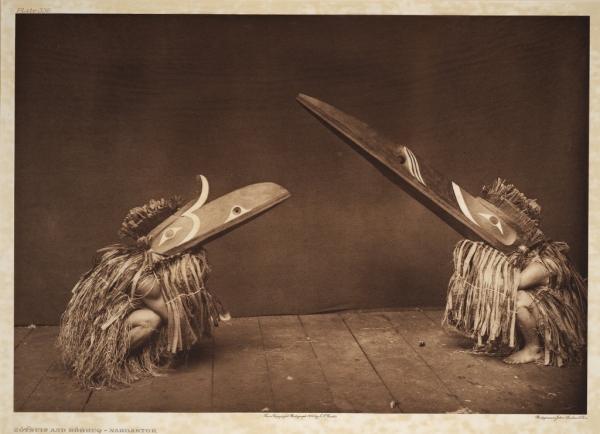

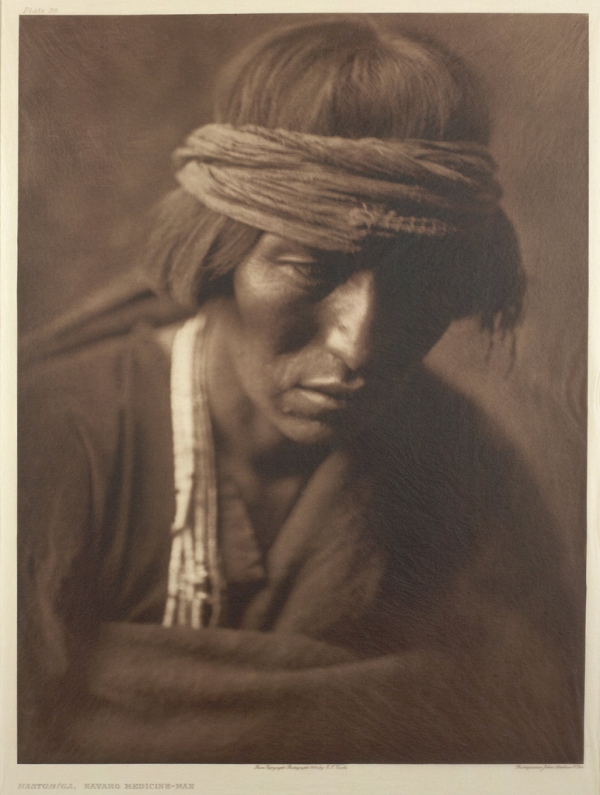
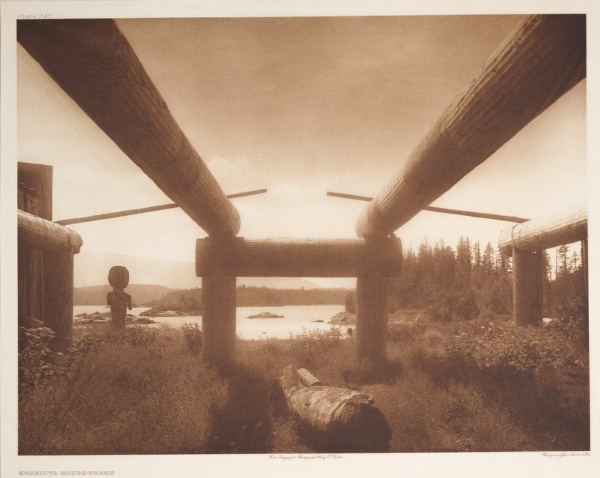



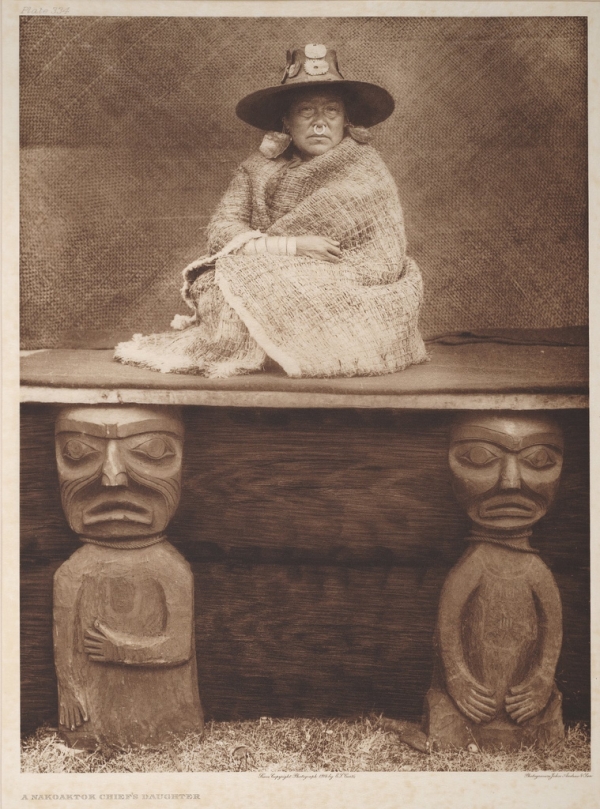


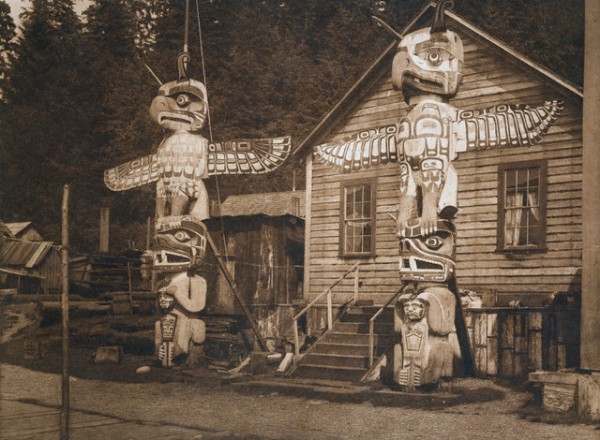

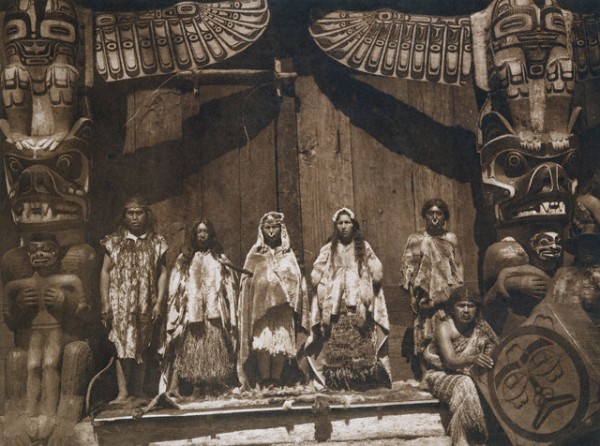
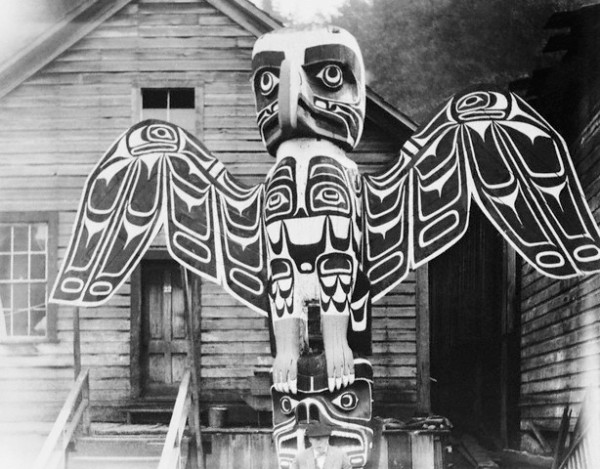

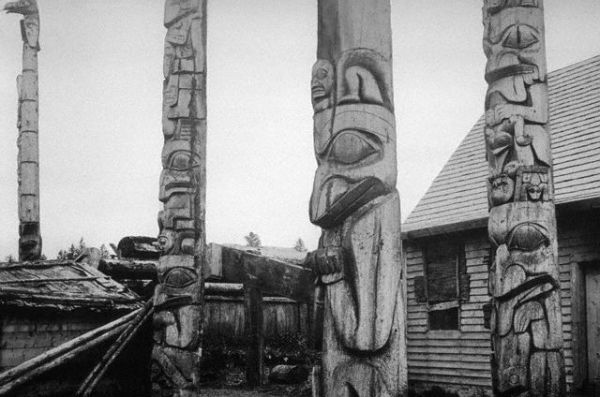
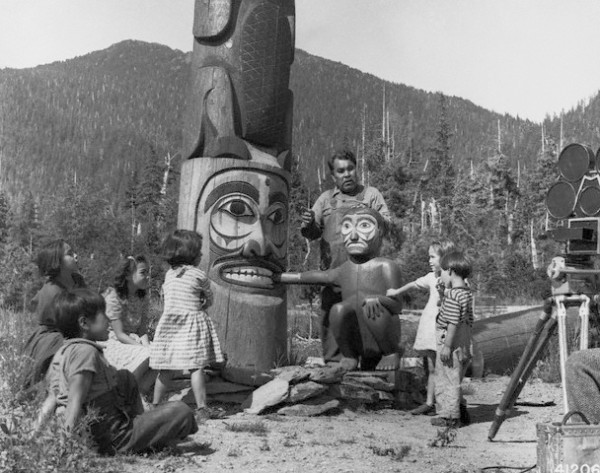
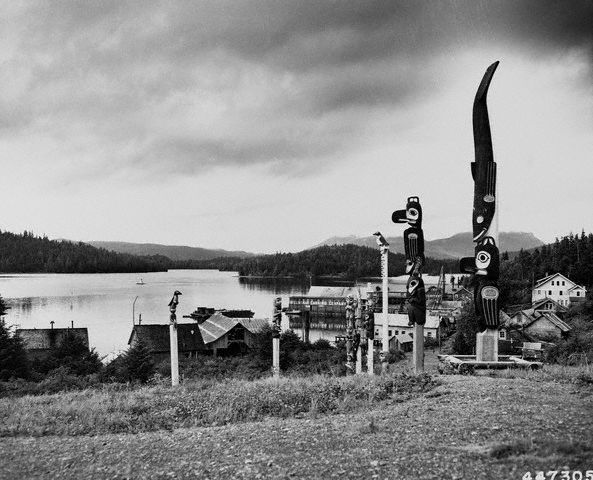

No comments:
Post a Comment